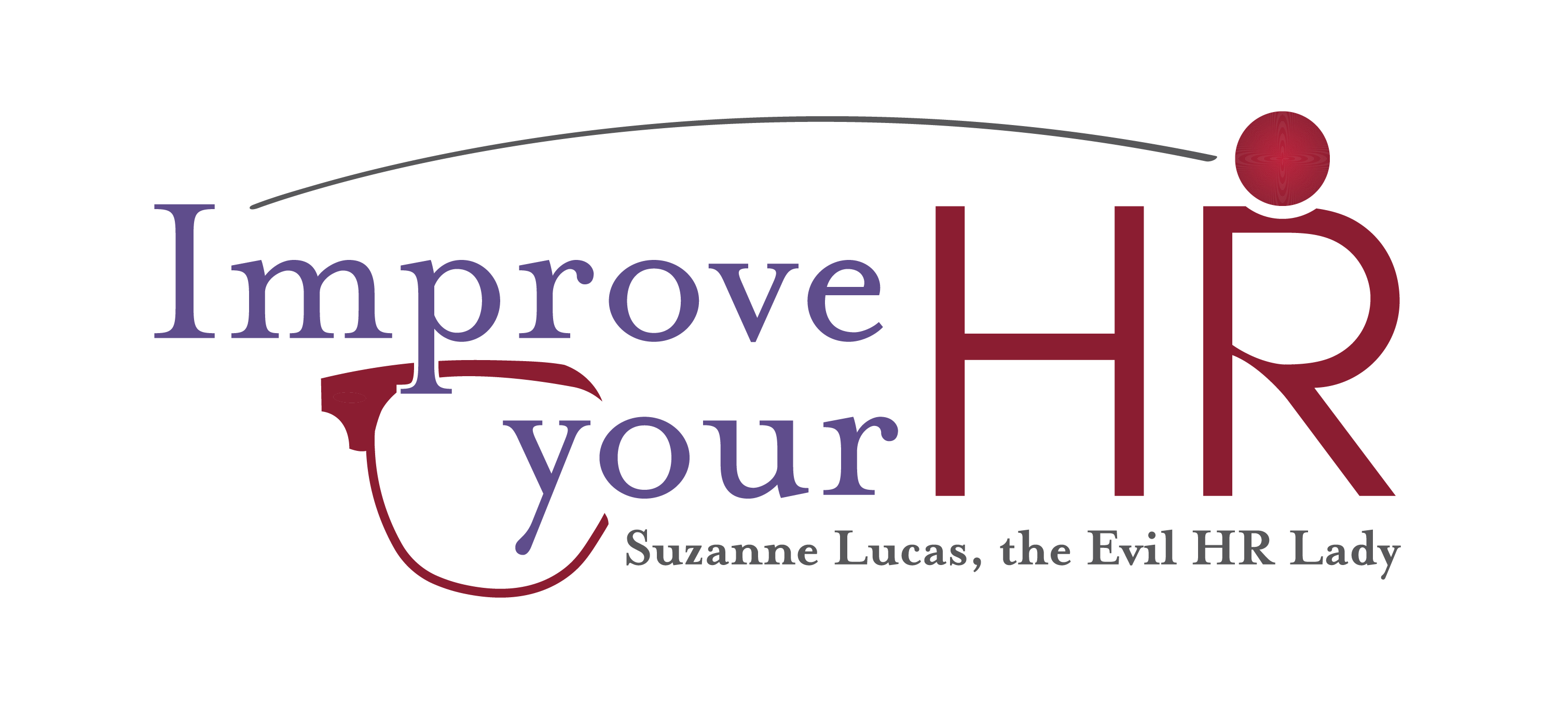Diversity and Inclusion are hot terms in business today, but companies often focus on race only. What about age?
I receive many emails from readers asking about their working situation, and iff my inbox is any indication, age discrimination is widespread. I get far more questions about age discrimination than any other form of illegal discrimination. An AARP survey backs that up when they found that nearly two-thirds of older Americans have seen or personally experienced age discrimination.
You may think you’re not discriminateing against older people in your hiring and promoting, but it can happen under your nose without realizing it. Here are some examples of how your company may be discriminating against older candidates.
To keep reading, click here: If You Want a Successful Business, Fight Age Discrimination Today

Age discrimination is real! I was invited to interview for a position last year and the person who I would have reported to talked to me about how grueling the job was – sometimes requiring late nights. When I answered that wouldn’t be a problem he told me this job requires stamina. At that point I knew I was not getting this job. The company ghosted me after that but surprisingly called me about 8 months later to see if I would be interested in interviewing for the same position. I thanked them but said your company ghosted me after asking about my stamina – no thank you!
I’m 75 years old and have been working — on and off, mostly “on” — for 6 decades. I have been asked if/when I plan to retire, subjected to comments about old people being unable to learn/change, and been the butt of jokes about being over the hill. In addition, I have been through — or witnessed — countless other examples of ageism and age discrimination in practice, as has just about everyone else. People who would never even consider making an off comment about race, or gender, seem to have no such scruples when it comes to age. In fact, age discrimination — while illegal — remains almost as prolific as fat discrimination, which is morally wrong, but still legal. People still seem to feel like age-based comments and jokes may, at times, be “appropriate.” I take the position that — unless made by older persons themselves — they are never appropriate. All that being said, employers may never take age discrimination seriously, until — and unless — the victims are able to recover non-pecuniary compensatory damages for their pain and suffering, just like victims of every other type of discrimination already can. Congress needs to enact legislation to makes this happen.
How about when a company’s recruiting and careers sites and its postings on LinkedIn ONLY feature people under 30?
In today’s era of “equality” definition, anything other than having the correct job skills to perform, should not be an issue, and nor should the emphasis be placed on creating that “perfect” workplace environment of the “perceived” blend of employees. Until this bias (yes, it is a bias to separate and not accept potential employees based on the popular version of acceptable) disappears, we are going to have this problem. Yes, ageism is a definite bias. It is time for corrective action using legislation, instead of just discussions.
Age discrimination is sometimes referred to ‘silent’ discrimination as it goes by unnoticed or unchallenged by so many people and organizations. In a society where we glorify youth, the older demographic struggles with finding employment opportunities as hiring managers sometimes default to biased hiring criteria during the recruitment process. If you look on many company websites, how often do you see young employees profiled vs. older/white haired employees profiled? The difference is very obvious and employers need to amend their talent acquisition/attraction strategies.
Our freshest blogs, a collection of great reads, podcasts, videos, and more, freshly picked and curated for you. Catch up with what’s been happening in the world of HR and work, with peopleHum’s monthly Roundup newsletter https://peoplehum.com/blog/peoplehums-roundup-newsletter-july-2021
As I inch closer to middle age year by year, I worry about age discrimination, particularly as a woman. So many companies tout “diversity” but all I see is what I call “stock photo diversity,” meaning photos of young, conventionally attractive employees of various races and all under the age of 25 . Occasionally, these photos will include someone in a wheelchair (again, someone conventionally attractive…don’t get me started on how most diversity efforts lag when it comes to disabilities, particularly invisible disabilities).
As a novice fiction writer, I see this as well in publishing. In particular, female genre fiction writers are being forced to age characters down and simplify stories for the “Young Adult” and the nascent “New Adult” markets in order to get publishing deals. This is rather frustrating.